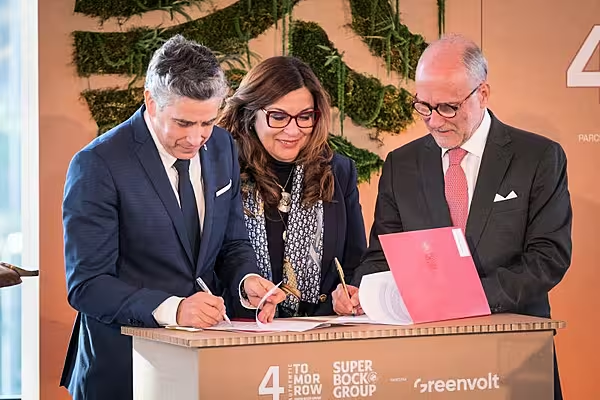Portugal is the only EU country in which wine production has risen this year, according to estimates by the International Organisation of Vine and Wine (OIV).
Global wine production should fall by 11% this year, due to unfavourable weather conditions, particularly in the three main producing countries, namely Italy, Spain and France, which together account for 80% of EU output.
The OIV estimates 2019 wine production to be between 258.3 and 267.4 million hl, which gives an average value of 262.8 mhl, below the 294 mhl recorded in 2018.
In Portugal, however, production should increase by 10% to 6.7 mhl, 4% above its five-year average.
Climate Conditions
A very cold and rainy spring and a very hot and dry summer are the main reasons detailed by the OIV for the decrease in production.
While in 2018, production had been 'exceptionally high', this year it has returned to the average level of the period 2007-2016, with the exception of 2013, when there was a peak of 291 mhl.
Spain has seen the main relative decrease (-24%) to 34.3 mhl, or 12% lower than the five-year average. In Italy and France, the drop was 15% to 46.6 mhl and 41.9 mhl, respectively, while wine production in Germany fell 12% to 9 mhl.
Outside the EU, the 2019 wine production is high in countries such as Russia (6 mhl, +7%) and Georgia (1.8 mhl, +1%).
Although lower than last year, the production volume in Switzerland (1.1 mhl, -6%) is 10% higher than the average observed over the period 2014-2018.
The US, which accounts for about 12% of northern hemisphere production, with a preliminary estimate at 23.6 mhl of wine production (-1%), registers a high level of production for the fourth year in a row.
Southern Hemisphere
In the southern hemisphere, wine production is 5% lower (54 million hl), but overall in line with the five-year average and representing about 20% of the world production. However, South America is the region that registers the sharpest decrease relative to the high production levels of 2018.
Argentina’s production decreased 10% to 13 mhl, Chile's 7% to 11.9 mhl, and Brazil's 5% to 2.9 mhl. Compared to the average for the last five years, there was an increase of 0.1% in Argentina, 8% in Chile and 11% in Brazil.
In Australia production will drop by 3% to 12.5 mhl, while South Africa it will increase by 3% to 9.7 mhl.
© 2019 European Supermarket Magazine – your source for the latest retail news. Article by Branislav Pekic. Click subscribe to sign up to ESM: The European Supermarket Magazine














